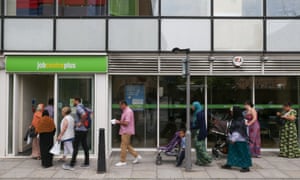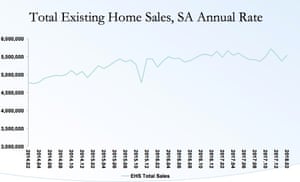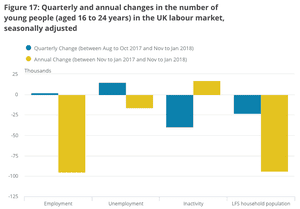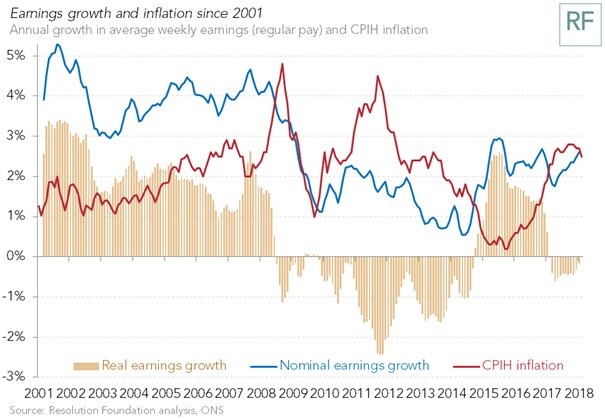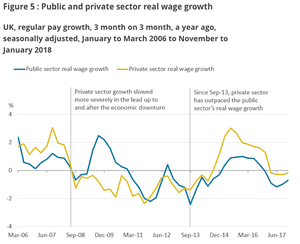Markets are pricing in a roughly 90% chance of a hike this week, the first of three or four anticipated this year. So the focus is on the dot plot and the accompanying language from chair Jay Powell. For risk, markets will want the Fed to hold off indicating 4 hikes in 2018 but keep up its confident assessment of the economy. This will in large part depend on how policymakers assess inflationary pressures – if they think inflation is coming they might accelerate the path of rate hikes. But there is a much bigger risk that the Fed sticks to three in 2018 but raises forecasts for 2019 and that could knock equities and give a boost to USD more than indicating four hikes in 2018 might…
Since the last meeting in December inflation has picked up but the pace has not really accelerated beyond the most bullish scenarios seen already…
Currently the median dot plot suggests three hikes this year, and there is a chance that this could rise to four. However, it is perhaps more likely that the dots show greater confidence in three hikes (i.e., the doves come round to consensus), than the centrists join the hawks and go for four. Nevertheless, with the key doves not voting this year (Neel Kashkari and Charles Evans), it would imply that the actual FOMC dots of voting members is higher…
Trade and tariffs will also be a big focus having weighed not insignificantly in the last week. It may be the wrong moment for the Fed to signal more hawkish policy when we look at the potential negative impact of tariffs on GDP. We wait to see whether policymakers comment on the impact of tariffs and a trade war on the economy.
